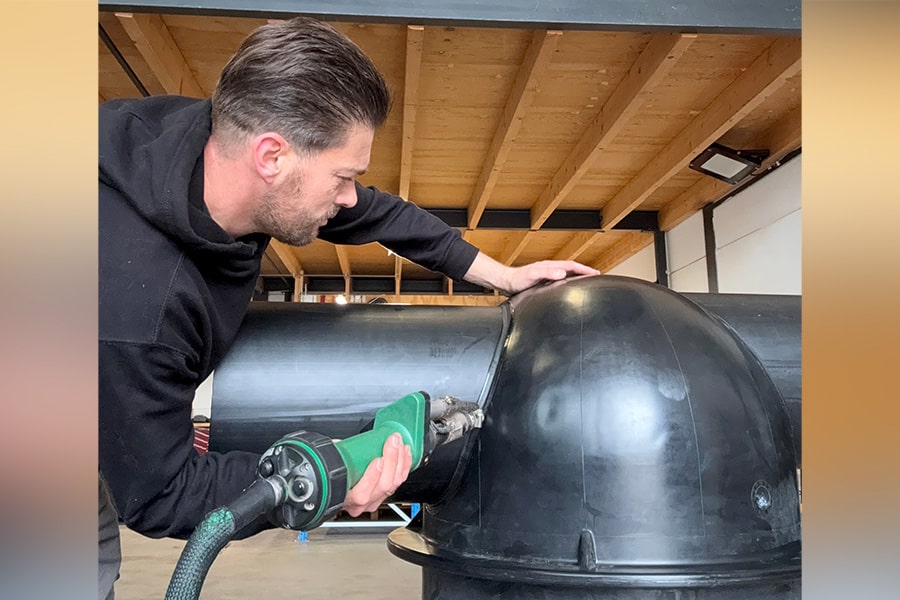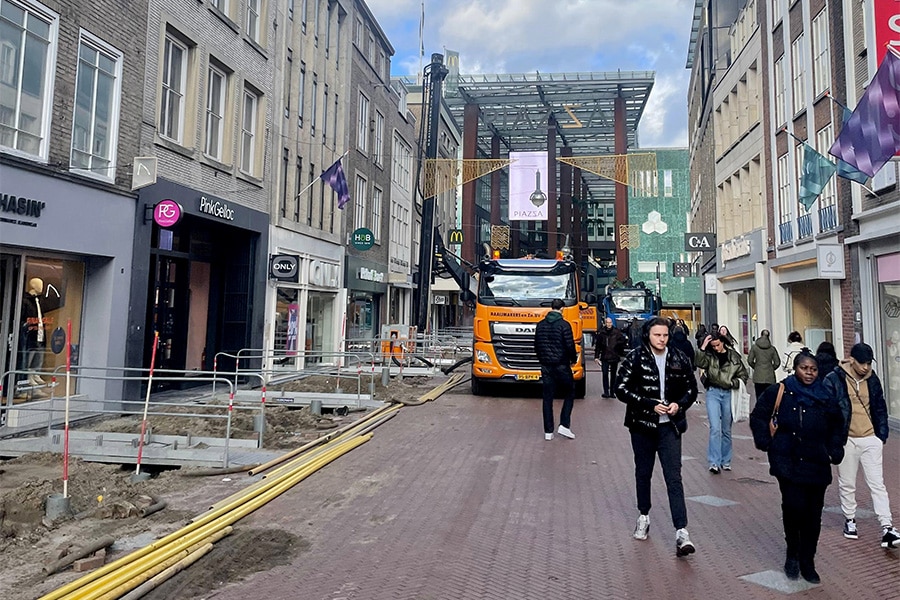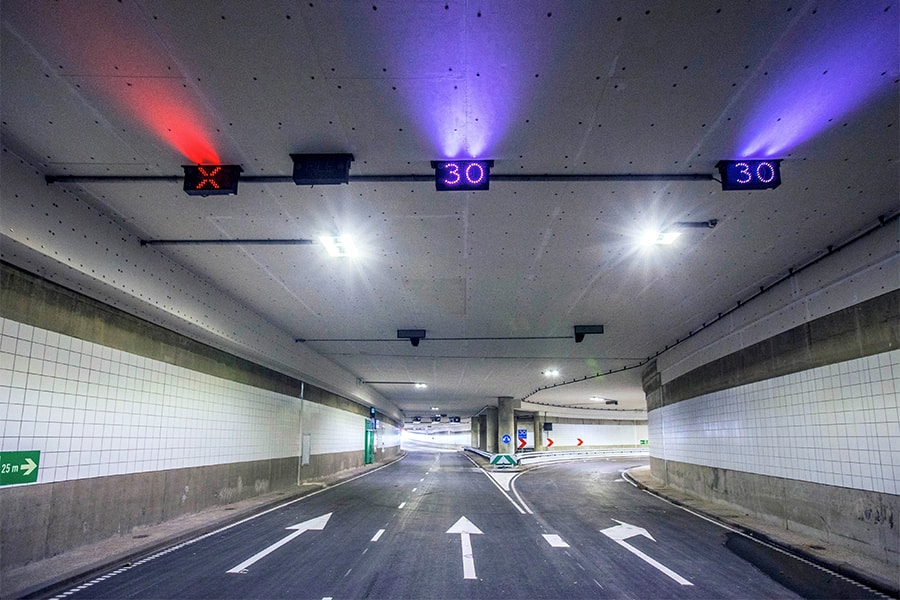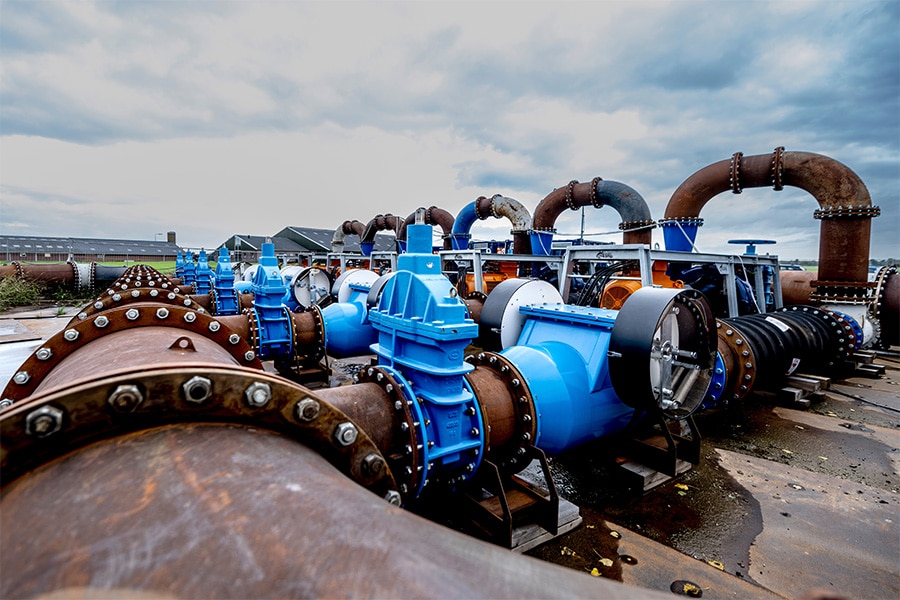
Capacity of 10,000 m3 per hour wastewater temporarily diverted
GW Leidingtechniek BV took care of most of the sewer renovation Oss-Oijen, learning all the time. "A unique project, in which we had to temporarily divert a discharge capacity of 10,000 m3 per hour without stagnations in the discharge. We succeeded thanks to our inventiveness and pumping systems."
A total of 4,300 meters of concrete drains running from Oss to the sewage treatment plant have been repaired on behalf of Waterschap Aa en Maas. In 2022, the final phase, some 1,300 meters, was renovated. There was deterioration caused by H2S so that in some places the chute wall, installed around 1960, was only 7 cm thick from the original 25 cm. The tube, 2.45 meters wide and 1.65 meters high and with a discharge capacity of 10,000 m3 per hour, was renovated from the inside.
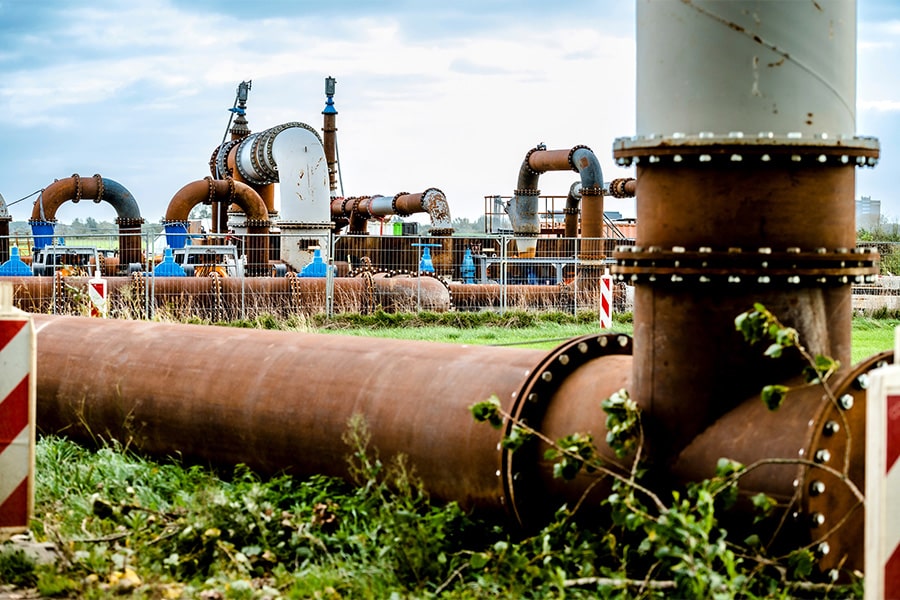
Across the neighborhood
For the renovation, the top of the sewer was opened for accessibility over a length of 6 meters. Baffles were made in the pipe to allow for repairs and installations. To transport wastewater from a point in front of the first bulkhead to a point behind the last bulkhead, a pumping plant was built. From there, a temporary pipe ran right through the city, through sweaters, over paths and through neighborhoods.
Wastewater from one of the neighborhoods came out in the middle of the section to be renovated. A situation that called on the company's expertise. Superintendent Gijs van Kessel: "We placed a wall in the duct at that location and built a separate pump installation. This way, the entire tube could be renovated in one go."
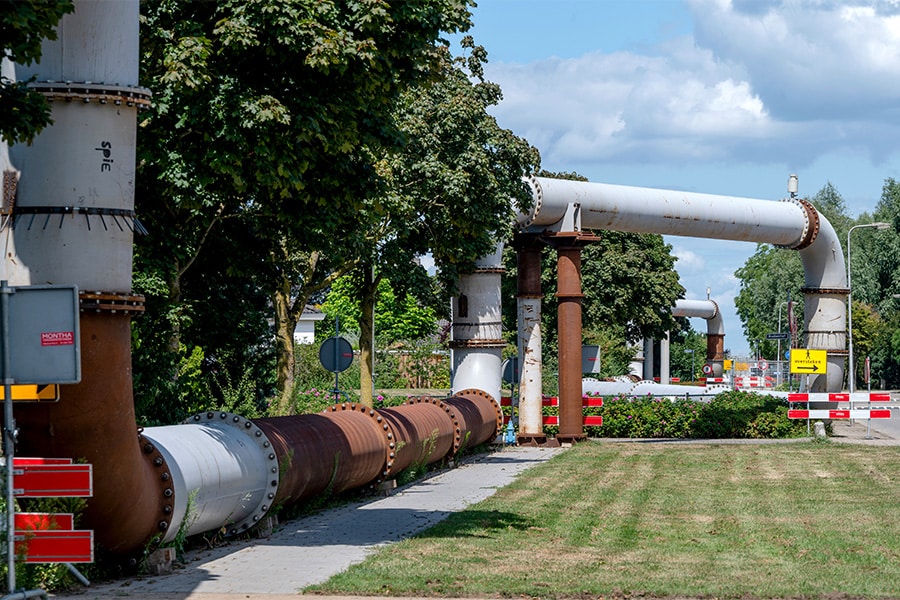
Unique construction
First, the tube is cleaned; mini shovels shovel about 1,000 tons of sludge together; 350 trucks full. The blast robot then sprays away all the loose concrete elements with high-pressure water. After the concrete is repaired where necessary, GW Leidingtechniek BV's construction begins: a unique construction developed by the company that preserves the sleeve capacity. "This consists of seven omega profiles that are mounted to the ceiling and walls," Gijs explains, "onto which the GRP sheets are then screwed. We completely conceal the fasteners. As a result, it can't break and there is also no sewage smell." When all the plates are mounted, the void behind them is filled with foam concrete.
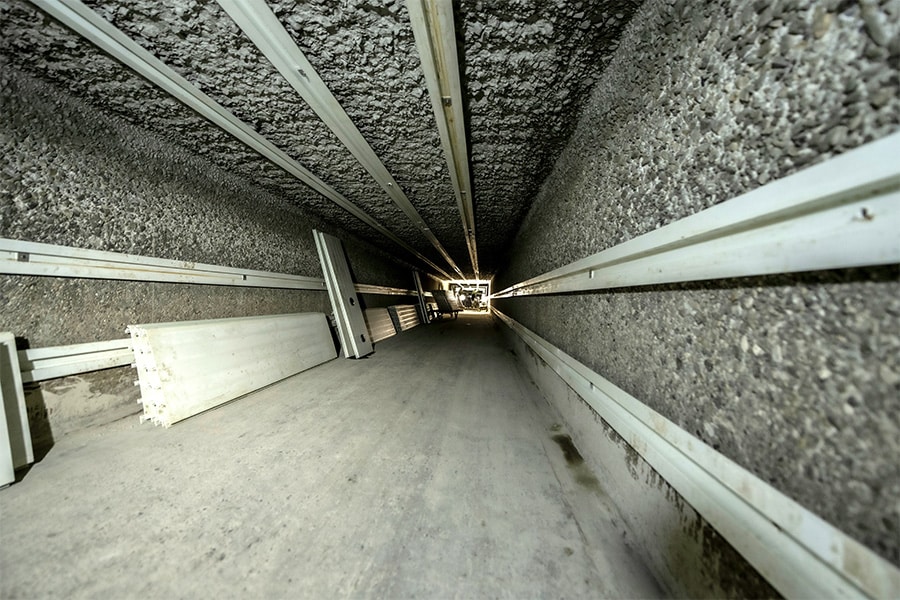
Advancing insight
All in all, GW Leidingtechniek BV learned a lot in the various phases. For example, in phase 4, the company took responsibility for cleaning itself and the new inner wall was constructed slightly differently. "In the previous phase, we mounted an angle line on the floor of the concrete duct to secure the GRP duct. In the past, filling the space between the concrete and new GRP sleeve wall with foam concrete caused quite a few problems because the floor was not completely flat," Gijs says. "We changed that method; we placed the angle line against the wall instead of on the floor." Also, in the final phase, a GRP tube without a floor was not used instead of a complete GRP tube. Because there is always a layer of water on the floor, it is not affected by (H2S) gases.
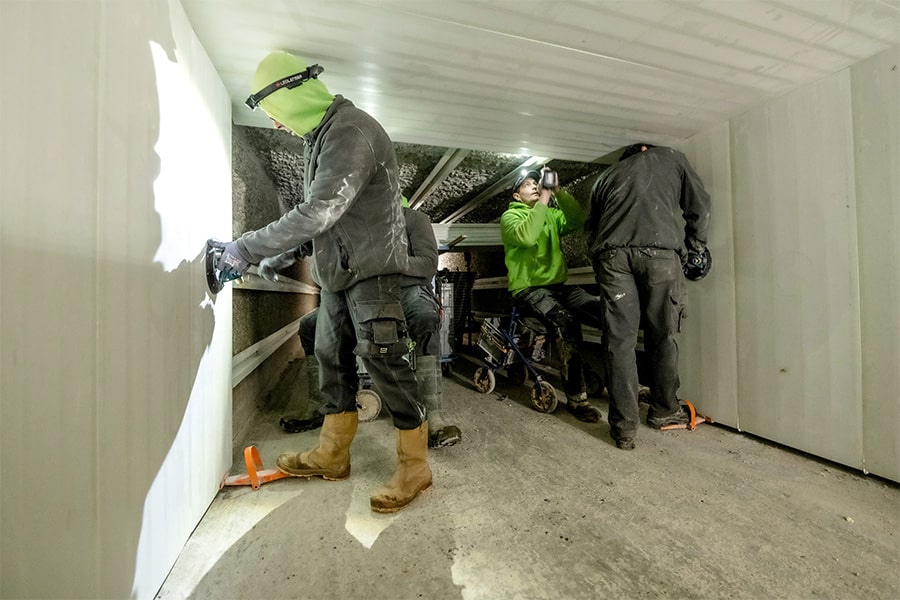
20 weeks underground
All in all, the project took about 35 weeks. The employees worked in the shaft for about 20 weeks. Gijs: "You have to remember that the shaft is 1.65 meters high and that means that almost all employees have to walk bent over. That's why we used rollators to move through the tube and be able to do the work in a healthy posture. Mobility scooters with trailers transported materials through the tube. This is how you figure out on the spot what is needed and possible. All in all, 100,000 stainless steel A4 screws, 30,000 stainless steel A4 anchors and 3,500 drills were used over a length of 3 kilometers."
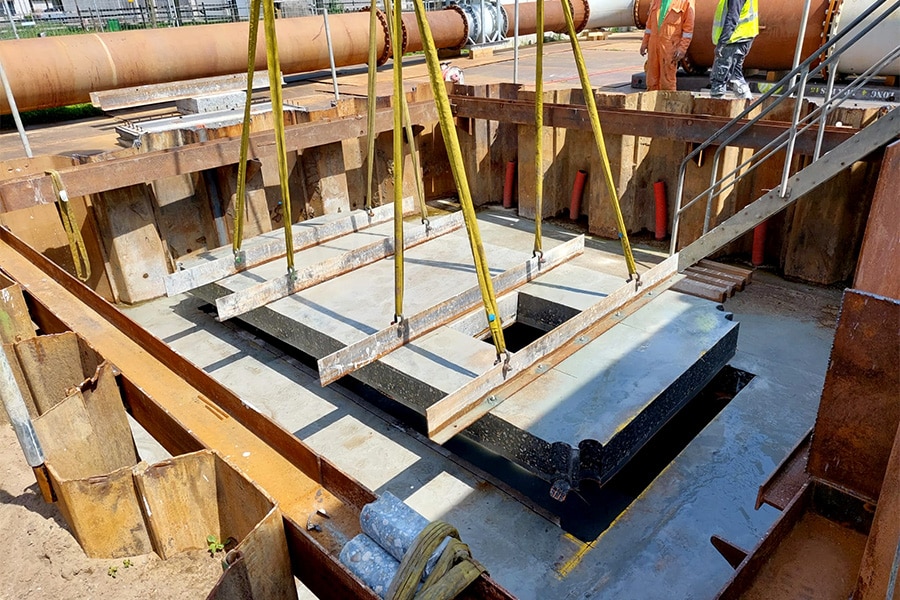
Special
It was a special project, Gijs believes. "The control of the pumps is tuned to the intake of the purification. The fact that in this way we have piloted a capacity of 10,000 m3 per hour through the city, where the purification can continue to operate as normal, any power failures are taken care of by its own transformer and no breakdowns have occurred, that makes it a project to look back on with pride."
Heeft u vragen over dit artikel, project of product?
Neem dan rechtstreeks contact op met GW Leidingtechniek BV.
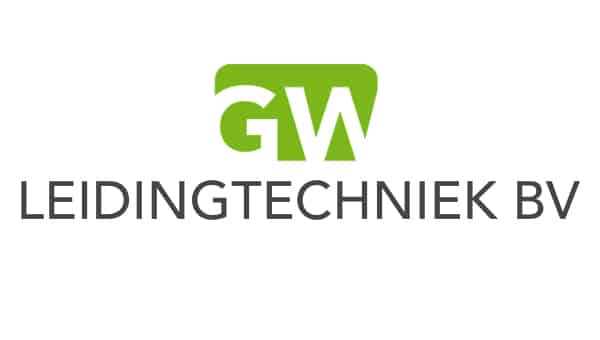 Contact opnemen
Contact opnemen
